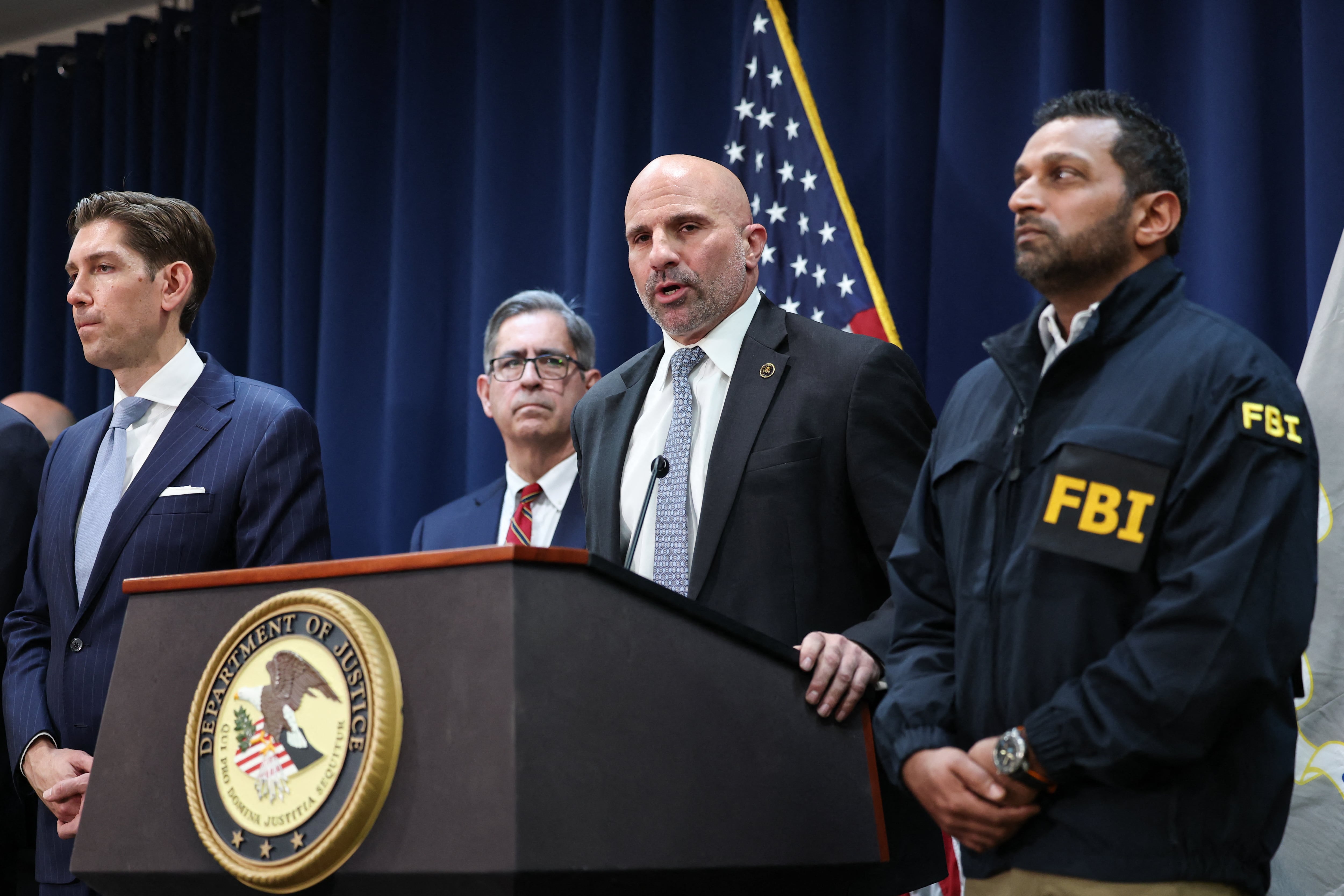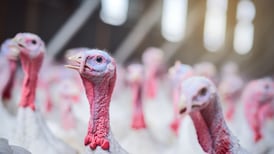Confirmation that the highly infectious bird flu virus has been found in two commercial turkey flocks means the disease threat has moved to a new level despite already being prevalent in wild birds.
This is because if it gets a hold in poultry flocks on the island of Ireland then it not only threatens supplies of turkeys up to Christmas but also the entire poultry sector.
The industry sustains 600 farmers and is worth more than €750 million a year in the Republic. There were €295 million of exports last year.
We are not facing a national lockdown – as happened with the foot-and-mouth outbreak in 2001 – but for those in the poultry sector and people living in the immediate area of farms, biosecurity controls will be equally strict.
READ MORE
That is why the Irish Farmers Association (IFA) has called for “laser-like” focus at such locations.
The disease’s nasty side is it is highly infectious, killing birds in a period of up to 72 hours but persisting for much longer, for example in bird faeces for weeks.
The phrase “food safety is as strong as its weakest link” applies. Any single failure in the food supply chain – particularly on farms – can compromise the safety of the entire sector.
Carelessness at one location can easily facilitate spread over a large area. Likewise, culling and disposal of carcasses must be carried out meticulously.
[ ‘Batten down the hatches’: Turkey farmers worry amid bird flu outbreaks ]
How has the Government responded to commercial outbreaks?
Minister for Agriculture and Food Martin Heydon has introduced a compulsory housing order applying to chicken, duck and turkey farms, including free-range operations. It comes into force from Monday, but already many farmers have housed their flocks.
This applies to bigger operators but also people with small “backyard flocks” including free-range egg producers and pet bird keepers.
Similar restrictions are in Northern Ireland after 25,000 turkeys were culled in Co Fermanagh due to a suspected outbreak.
Are these effective measures?
The housing requirement is an attempt to minimise possible contact with wild birds, but imposing a 3km protection zone and a 10km surveillance zone around affected farms is the critical measure combined with demanding controls within these virtual zones. Farmers are well-versed in what’s required.
But the timing couldn’t be worse. First, avian flu is always a risk at this cooler time of the year, coinciding with huge numbers of migratory birds returning to our shores. Second, this outbreak is earlier than usual. Third, it coincides with the busiest period when production peaks due to the run up to Christmas and there is high demand for turkeys.
Could it get worse for farmers and consumers?
The short answer is yes – a lot worse. Ireland’s poultry sector is largely concentrated in the Cavan-Monaghan region, so it is especially vulnerable.
And if the disease spreads to broiler/breeder flocks, the ability of the sector to rebound quickly will be undermined.
With mandatory culling, the business implications are not just immediate; if laying hens get avian flu, there are no ready replacements. Regional restrictions may be required if disease levels exceed certain thresholds.
More outbreaks could mean fewer turkeys available at Christmas with risk of higher prices. Smaller birds may be produced in an effort to alleviate market uncertainties, though most big flock operators are locked into a production system dictated by the requirements of large supermarkets.
Disease levels may threaten exports and lead to countries banning Irish poultry products, though key customers in the UK and EU member states are more likely to apply restrictions to particular regions within the country.
Is risk to humans escalated by these outbreaks?
Bird flu can jump species, though humans are rarely affected. That said, farm workers are at risk, so the more disease that is about the more vulnerable they become. The HSE has advised they be vaccinated because of occupational risk.
Vaccinating flocks themselves is considered expensive and may hide the true infection rates, so prevention is considered the best option.
Poultry meat and eggs are safe to eat, even with an avian flu outbreak, as long as they are cooked thoroughly.
What’s the global picture?
Highly pathogenic avian influenza caused by H5N1 has been prevalent since 2021. This strain has since spread widely among animals, including poultry and dairy cattle. However, human infections are rare.
Its rise may be due to poor infection controls and/or natural fluctuations of influenza globally. A flu can mutate in animals and become more transmissible in humans – and there is always the risk of triggering a pandemic.












